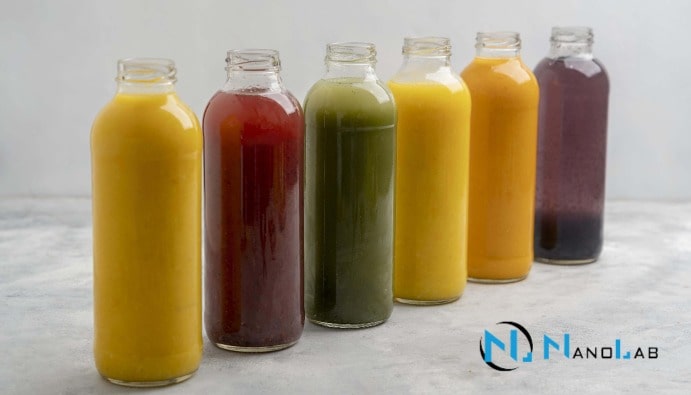
BLOG
KATEGORİDEKİ DİĞER YAZILAR

Glass packaging has been preferred more than other packaging types in recent years, especially in terms of health. Although glass is a mixture of oxides, it has a softening point, not a melting point. When the glass is heated, it softens and becomes liquid by increasing its fluidity.
Packaging materials produced from glass; bottles, jars, glass-type flat-mouth containers, demijohns, ampoules and capsules. Glass packaging may have different properties depending on the materials to be used.
The most important point in glass packaging, especially in daily use, is the subject of "Resistance to Sudden Temperature Changes". Glass packages used in food packaging must be durable during processes such as washing, pasteurization, hot filling processes or transition from warm to cold environment. Glass packaging that is not resistant to sudden temperature changes means many financial losses.
In the studies of "Resistance to Sudden Temperature Changes in Glass", the glass packaging is required to withstand a thermal shock of 42-60 °C. Glass packages analyzed in these temperature ranges can be evaluated and approved according to the results.
You can contact Nanolab Packaging Analysis Laboratory for their "Resistance to Sudden Temperature Changes in Glasses" studies.